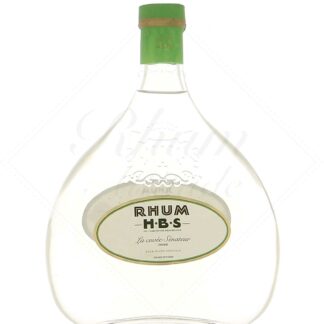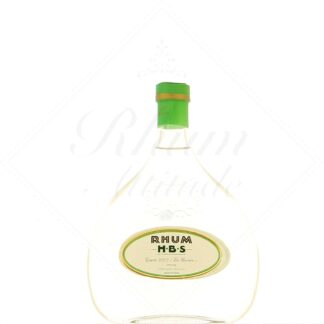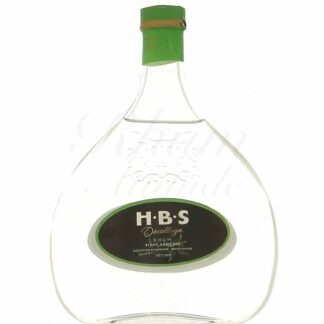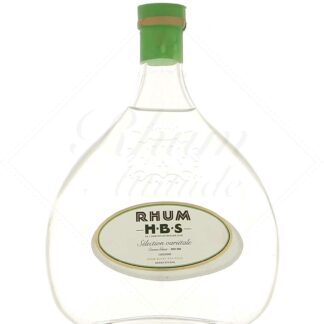HBS (Habitation Beau Séjour)

The history of HBS rums
Habitation Beauséjour took root in 1671 in Grand Rivière, in the north of Martinique. At the time, it was a sugar estate with multiple owners. The estate's first distillery was built at the end of the 19th century. It was greatly expanded in 1898 by Senator Amédée Knight, following the merger of Habitation Le Malgré and part of Habitation Grand Rivière. It was at this point that it acquired the name Habitation Beauséjour.
Despite the difficulties faced by many estates at the time, the estate grew from 136 to 285 hectares of cane. The Rhum H.B.S. brand was created at the same time, and quickly gained recognition.
In 1928, Louis de Lucy de Fossarieu took over the estate, which now covered 335 hectares. H.B.S. rum confirmed its success with a medal in Paris in 1931. During the Second World War, the sugarcane crisis brought distillation to a halt. The Habitation Beauséjour quota was transferred to Habitation Pécoul. In 1958, the company switched from sugarcane to bananas.
In 2007, Jean-Louis (the father) and Arthur de Lucy de Fossarieu (the son) took over the estate. They reinstalled a distillery in the listed buildings. Among the exhibits is a superb bucket wheel that powered the cane mill and the Beauséjour canal. The first agricultural rum of this new era was produced in 2020.
HBS rum production
Today, the company farms 70 hectares of sugar cane on the slopes of Montagne Pelée. The plantations are located at different altitudes, and constitute micro terroirs. The plots are planted with 80% blue cane. There is also some red and black cane, old varieties that have been preserved. Initially, these varieties were mixed, but agronomic work has enabled us to develop a plot-by-plot cultivation of each variety.
Hand-harvesting is possible all year round for HBS rums, as they are not part of theMartinique AOC. But the estate does not harvest all its production for itself. The small distillery has limited capacity, so the rest of the cane goes to other houses on the island.
Sugar cane is pressed in a single pass at the mill. The bagasse is scattered in the fields, where it is used as mulch or compost. The juice is not diluted, unless its brix (sugar concentration) is too high.
The work of the distillery
Cellar master Karl Agostini is a horticultural engineer who trained as an agronomist. He carries out fermentation with the addition of yeast, using mother tanks. Fermentation lasts from 24 to 72 hours, with an average of 30 to 48 hours.
Distillation takes place in an 880-liter Charentais alembic, topped by a nine-plate column. The whole unit is made entirely of copper, heated over an open fire, and is named "L'Isabelle". After around 4 hours of distillation per batch, the result is a rum with an alcohol content of between 70 and 72%. This is followed by 4 to 10 months' rest in stainless steel vats. During this period, a gentle reduction is carried out using water from Montagne Pelée.
The cellar is varied, as it is equipped with barrels of cognac, whisky, burgundy wine and sauternes, as well as new barrels.
HBS rums made a name for themselves with their first unaged expressions, such as La Cuvée Sénateur, the cuvée variétale canne bleue, and Cuvée Décollage. Read less



